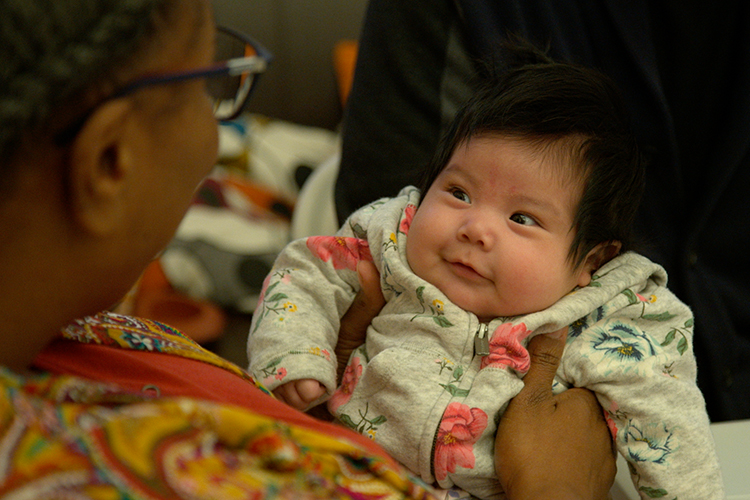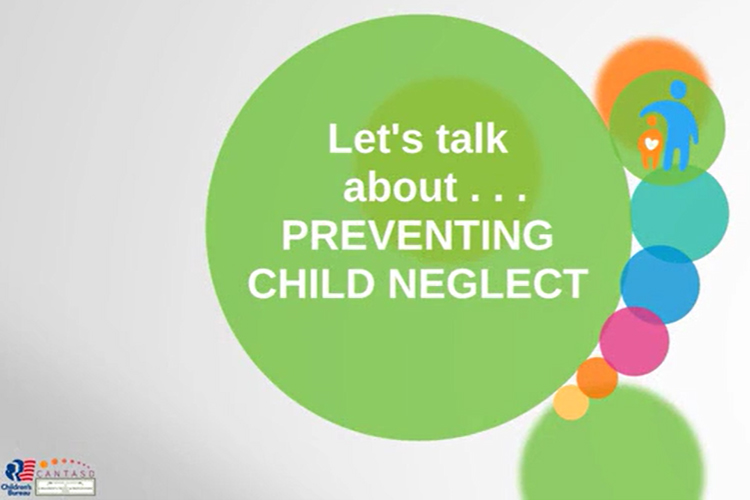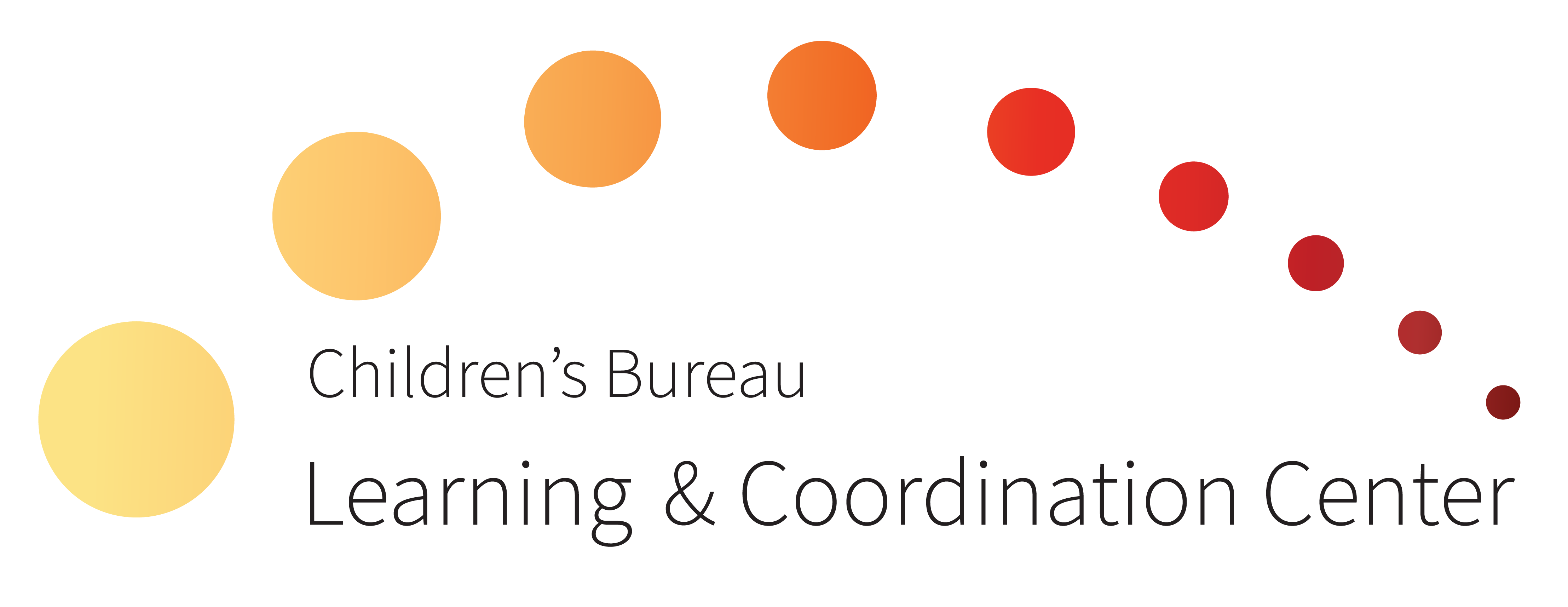Engaging Communities
- Home
- •
- Topic Areas
- •
- Engaging Communities
Communities can serve as powerful partners in preventing child and abuse and neglect, and in supporting families at the front end of child welfare. Engaging communities to support families expands the available resources for all and fosters a sense of collective responsibility for the well-being of children. Moreover, engaging with communities creates opportunities to address the broader issues that put families at risk.
Featured Resources

Building Community Capacity to Support Perinatal Mental Health
Perinatal mood and anxiety disorders are among the most common complications that occur in pregnancy or in the first 12 months after delivery. Yet despite the long-reaching negative impacts on parent-child attachment, child development, and financial stability, perinatal mental health (PMH) disorders often remain underdiagnosed, untreated, or under-treated.

Relationships Matter: Strengthening and Supporting Families
This film explores the layers of trust and relationship that need to be in place for primary prevention to work and features San Francisco-based family resource center Safe & Sound and the families they serve.

Preventing Child Neglect Training Series
The Preventing Child Neglect training series raises public awareness and understanding of child maltreatment, its causes, protective factors that help shield children and families, and manageable steps that each of us can take to help reduce the likelihood of child neglect.
Complete List of Resources
Videos and Social Media
- WE CAN
WE CAN social media kit offers simple, positive messages to support families. Each post links to useful resources and tools to help individuals take action. - Relationships Matter: Strengthening and Supporting Families
Highlights how creating a community-based network built on strong relationships can truly transform lives. - Fostering Hope Initiative
“It takes a village.” It’s in an old idea, but in Oregon, it's tangibly changing community supports for families. - Magnolia Community Initiative
Could 35,000 low-income children in Los Angeles break records of success in education, health & economic stability? - Partners United for Supportive Housing
How does it change the game when you provide stable housing to families first, then address their other complex needs? - Building Community, Building Hope
The full-length film profiles three programs engaging communities to prevent child abuse and neglect. Start the conversation in your community about what you can do to support families.
Tools and Tip-Sheets
- WE CAN Adaptation Toolkit
Get guidance for adapting our WE CAN graphics for your own campaigns. - Preventing Child Neglect Training Series
The Preventing Child Neglect training series raises public awareness and understanding of child maltreatment, its causes, protective factors that help shield children and families, and manageable steps that each of us can take to help reduce the likelihood of child neglect. - From the Field: Engaging Business and Other Partners in Child Abuse and Neglect Prevention Approaches [PDF]
Connect to resources, get a framework for engaging businesses, and hear from those on the ground. - Identifying Developmental Disabilities and Delays in Young Children: The Role of Child Welfare Practitioners and Partners
Learn the importance of early identification of developmental disabilities and delays and how the Centers for Disease Control and Prevention's (CDC's) “Learn the Signs. Act Early.” resources and tools can support early identification and intervention. - Child Maltreatment Prevention: A Planning Framework for Action
This framework provides a comprehensive guide to prevention planning at state and local levels. The following resources are included in the Framework document, but are also provided here as easily sharable tools and handouts:
Digital Dialogue Recordings
- Building Community Capacity to Support Perinatal Mental Health
Perinatal mood and anxiety disorders are among the most common complications that occur in pregnancy or in the first 12 months after delivery. Yet despite the long-reaching negative impacts on parent-child attachment, child development, and financial stability, perinatal mental health (PMH) disorders often remain underdiagnosed, untreated, or under-treated. - Community Approaches to Toxic Stress
Explore a new framework of community approaches to toxic stress within the broader context of healthy development and well-being.
External Resource
Partner
- FRIENDS National Resource Center
FRIENDS National Resource Center
FRIENDS provides resources, training, and tools for community-based child abuse prevention efforts.

